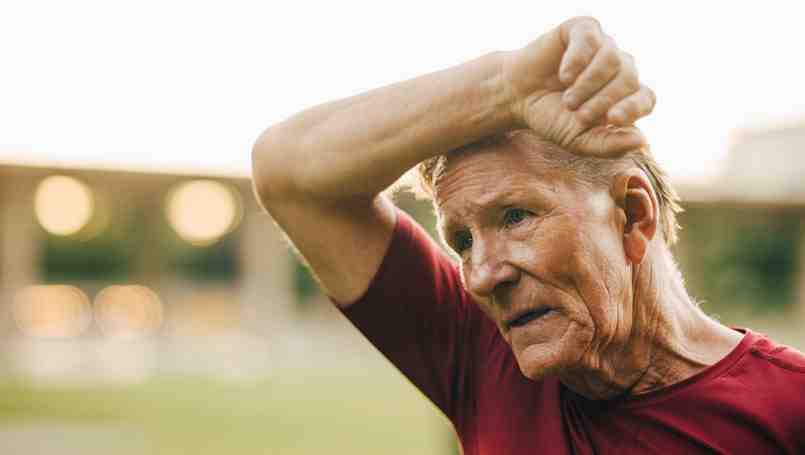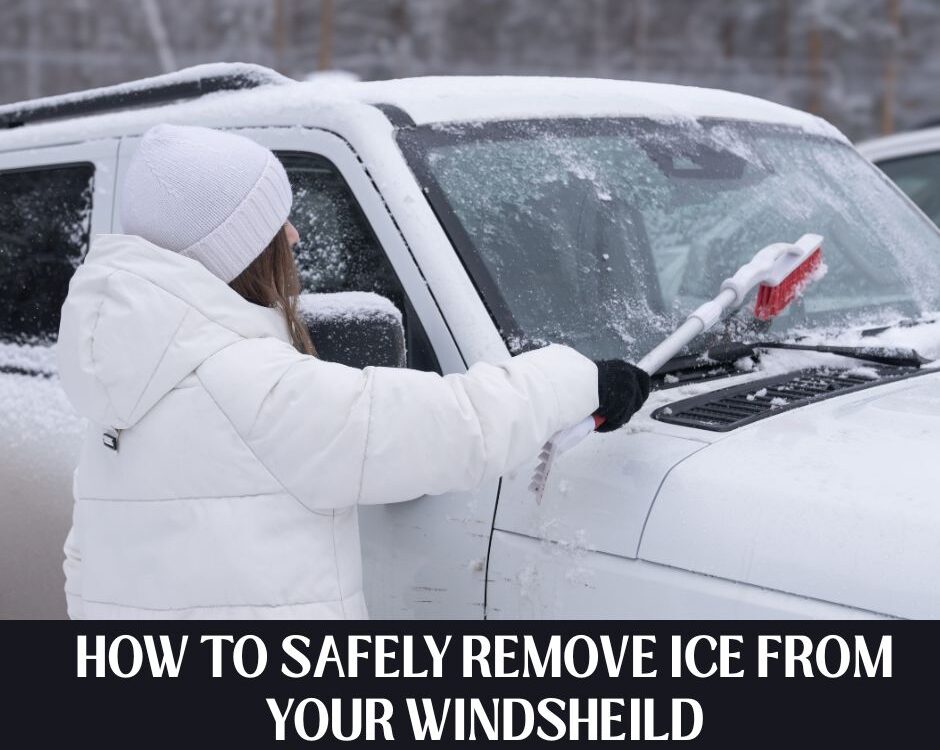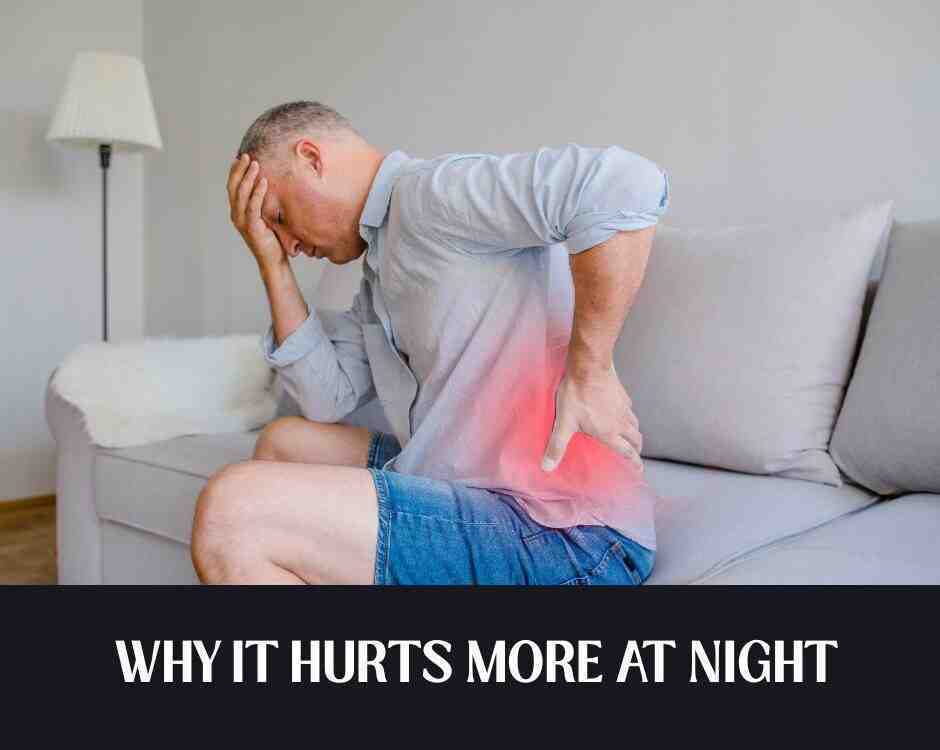Heat Illnesses are Not Your Friend!

Love and Protect Yourself From The Sun!
July 5, 2023
Sweating is Normal and Essential
July 5, 2023How Heat Illnesses Escalate
When you are outside playing sports or having fun at an amusement park, concert or at the beach, if you do not take care of yourself, you may start to experience heat related illnesses. There are three stages of heat emergencies: Heat Cramps, Heat Exhaustion, and Heat Stroke. But a part of heat illness also includes heat rashes and sunburns.
Heat rashes appear as small red bumps or blisters. They develop when sweat ducts are blocked or inflamed and sweat is trapped beneath the skin instead of being able to evaporate when released.
There are 3 types of heat rash: Miliara Crystallina, Miliara Rubra, and Miliara Profunda. Miliara Crystallina occurs the most superficially and shows up as tiny, clear, and fluid-filled bumps that look like beads of sweat. Miliara Rubra occurs deeper in the epidermis and is known as prickly heat because along with the red bumps, you may have itchiness or prickly sensation. Miliara Profunda occurs deeper in the dermal-epidermal junction and produces flesh-colored papules or bumps with no symptoms. To relieve heat rash, apply a cold cloth or ice pack that is wrapped with a towel to the area for up to 20 minutes. Make sure the area is dry. Hydrocortisone cream can help with itchiness and discomfort.
Sunburns can be mild to severe – red and swollen skin that is hot to the touch to severe red skin with blisters as it worsens. Sunburns occur as a response to over-exposure to UVB radiation. Sunscreen used properly and reapplied as needed is great protection against sunburn. When choosing sunscreen, use Broad-spectrum ones, which includes protection against UVA and UVB rays with minimum of SPF 30. When you have a sunburn, take cooler baths or showers to help with the pain and apply Aloe Vera or lotion with Aloe Vera to the skin. Stay hydrated and do not pop blisters. Taking a pain reliever will help with the discomfort.
Heat Cramps are painful muscle spasms that occur due to dehydration and electrolyte loss from heavy sweating. Other symptoms include thirst and feeling fatigued. To treat heat cramps, cool down by moving to a cooler location, remove any excess clothing and apply cool cloths to the skin and rest. Start hydrating with sports drinks that contain electrolytes and then slowly and gently stretch the affected muscles.
Heat Exhaustion occurs from the external loss of water and electrolytes from excessive sweating. A person may feel faint or dizzy, have pale and clammy skin with goosebumps and may feel sick with nausea or vomiting. The person will show excessive sweating and cramping of the muscle and may feel tired or weak. To treat heat exhaustion, move to a cool place and rest. Hydrate with water or sports drinks. Remove or loosen clothes and apply cool wet cloth to the body. If symptoms worsen, do not improve or vomiting occurs, seek medical help.
Heat stroke is a definite emergency and 911 should be called. Heat stroke is the most serious heat-related illness. Heat stroke occurs from the body overheating to above 104° and the body no longer sweats to cool down the body. Heat stroke can cause confusion and dizziness, slurred speech, seizures, or unconsciousness. Move the person to a cooler area and remove or loosen clothing and apply cool wet cloth or cool water. Do not give anything to drink until emergency services arrive. If no treatment is given, heat stroke can lead to permanent disability or even death.
— This article is written by Chandra Cunningham, DC, one of the members of Chambers Medical Group’s team of car accident chiropractors who offer a variety of treatments and therapies ranging from diagnostic testing to various soft tissue therapies for car accidents and injuries in Kentucky.
–
Have you been in a car accident? If you or somebody you know has been in a car accident, be sure that you seek medical attention from a car accident doctor or car accident chiropractor to treat your injuries. Visit Chambers Medical Group to receive world-class medical treatment for your injuries.
Chambers Medical Group has car accident medical clinics in the following locations:
- Car Accident Medical Clinic in Tampa
- Car Accident Medical Clinic in Plant City
- Car Accident Medical Clinic in Brandon
- Car Accident Medical Clinic in Lakeland
- Car Accident Medical Clinic in Sarasota
- Car Accident Medical Clinic in Louisville
- Car Accident Medical Clinic in Lexington
- Car Accident Medical Clinic in Florence




